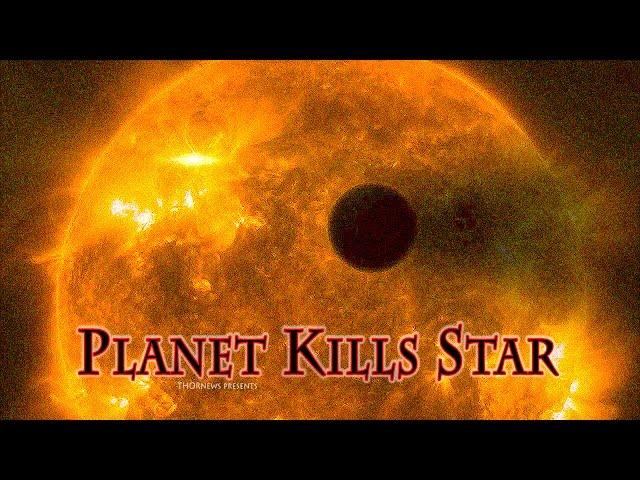Outer Space & Universe
Outer Space & Universe
Space, also known as outer space, is the near-vacuum between celestial bodies. It is where everything (all of the planets, stars, galaxies and other objects) is found.
On Earth, space begins at the Kármán line (100 km above sea level). This is where Earth's atmosphere is said to stop and outer space begins. This is not a firm boundary but is a convention used by scientists and diplomats.
Items in space are free to move back and forth; up and down; and left and right. These three dimensions are what make 3D space. Items also move forward through time, which is sometimes called the fourth dimension.
The majority of space contains very little matter and so most of it is a vacuum. Scientists do not know how big space is but we do know that space is extremely big, and is always expanding.
According to the big bang theory, all matter and energy in the Universe was compressed into a very small space. Then it exploded and started expanding. Space is still growing in size today; this means the distance from one galaxy to distant galaxies is getting longer.
Gravity is the force that keeps the Moon in orbit around the Earth and the planets in orbit around the Sun. Gravity can stretch and bend space similar to how a heavy ball placed on a stretched sheet of rubber will cause the rubber to stretch. The scientist who discovered that space can bend is named Albert Einstein. How gravity bends space is part of his theory of general relativity.
Astronauts, Cosmonauts, Taikonauts and Spationauts
An astronaut is any person who is trained by NASA to travel and perform tasks in space. Although the space traveler may not necessarily be a United States citizen, each astronaut does go through a rigorous training regiment by the National Aeronautics and Space Administration. Other space travelers go by other names then astronaut depending on their country of origin.
In the United States, astronaut is derived from the Greek words ástron (star) and nautis (sailor). While, in Russia, a space traveler goes by the name космонавт (English: cosmonaut), which is derived from the Greek words kosmos (universe) and nautis (sailor). Westerners call a space traveler from China a taikonaut, based on the 1998 writings of Chiew Lee Yik and Chen Lan where the term tàikōng (great emptiness), Chinese for “space”. In China, the term yuháng yuán (universe navigator) is used for space traveler.
Only the United States of America (United States), Russia (earlier, the Union of Soviet Socialist Republics), and the People’s Republic of China (China) have sent manned spacecraft into space. Other countries have assisted these countries by sending their own space travelers on space missions. For instance, a French space traveler is called a spationaut (from the French word spationaute), which is derived from the Latin spatium (space) and Greek nautis (sailor). (plural in Greek nautes = sailors)
-
05:54
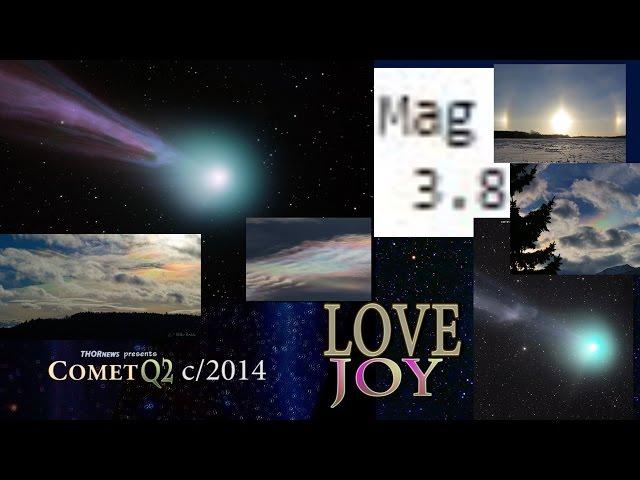
Holy Smoke! 3.8 Mag Comet Q2 Lovejoy is FAST & has a magnetic storm!
Added 784 Views / 0 LikesHoly Smoke! 3.8 Mag Comet Q2 Lovejoy is FAST & has a magnetic storm!
-
07:12
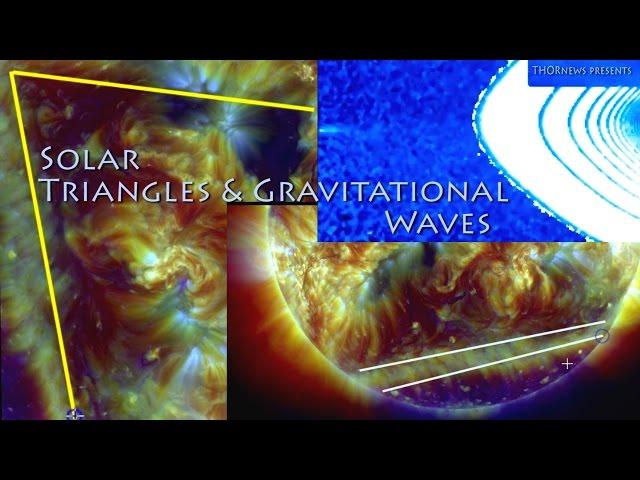
Giant Triangle coronal hole on the Sun + Solar Gravitational waves
Added 872 Views / 0 LikesGiant Triangle coronal hole on the Sun + Solar Gravitational waves
-
01:54

Blast-Off! SpaceX CRS-5 Mission Launches To Space Station | Video
Added 797 Views / 0 LikesBlast-Off! SpaceX CRS-5 Mission Launches To Space Station | Video
-
05:29
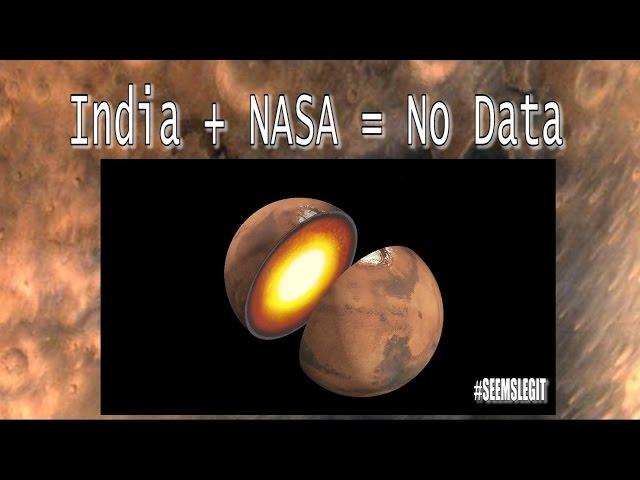
India signs deal with NASA = NO DATA since 100+ days.
Added 818 Views / 0 LikesIndia signs deal with NASA = NO DATA since 100+ days.
-
03:38
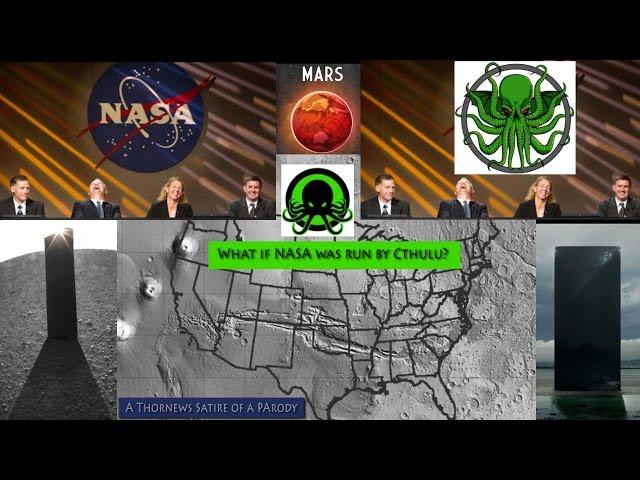
What if NASA was run by Cthulu? A hypothetical Video.
Added 691 Views / 0 LikesWhat if NASA was run by Cthulu? A hypothetical Video.
-
04:40

WTF Rainbow Jupiter? Jupiter bursts into Rainbows!
Added 770 Views / 0 LikesWTF Rainbow Jupiter? Jupiter bursts into Rainbows!
-
02:34
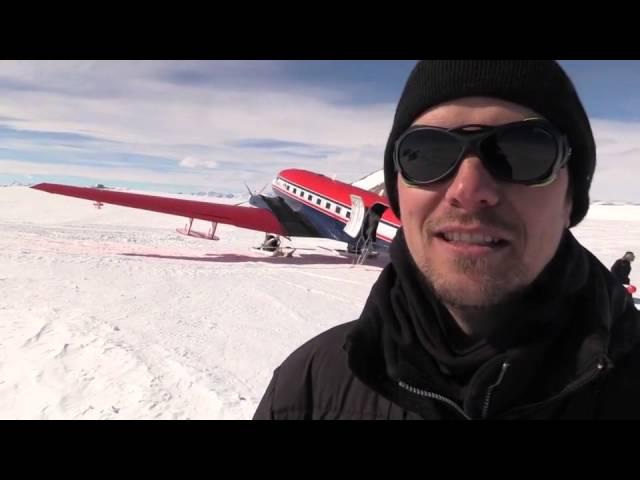
Mystery Antarctic 'Crater' Could Be House-Sized Meteor Impact | Video
Added 965 Views / 0 LikesMystery Antarctic 'Crater' Could Be House-Sized Meteor Impact | Video
-
04:01

Strange Superstars’ Dance Revealed In 3-D | Video
Added 613 Views / 0 LikesStrange Superstars’ Dance Revealed In 3-D | Video
-
01:31

Stars Missing? No, Its Just A Dark Cloud | Video
Added 672 Views / 0 LikesStars Missing? No, Its Just A Dark Cloud | Video
-
11:59
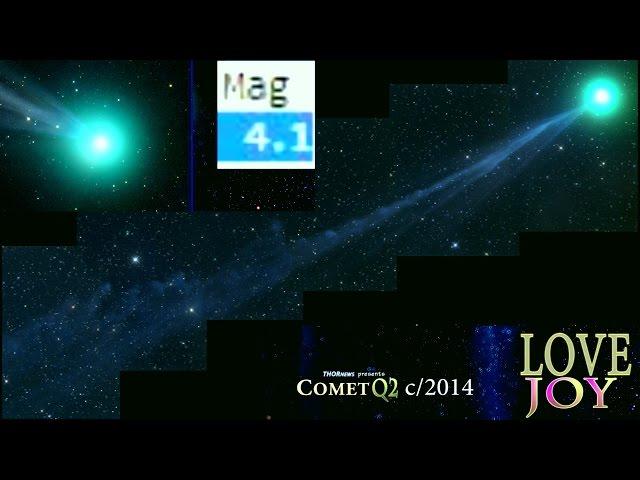
Tell NASA Comet Q2 LoveJoy is the Comet of the Century. Gettin' bright fast!
Added 811 Views / 0 LikesTell NASA Comet Q2 LoveJoy is the Comet of the Century. Gettin' bright fast!
-
07:14
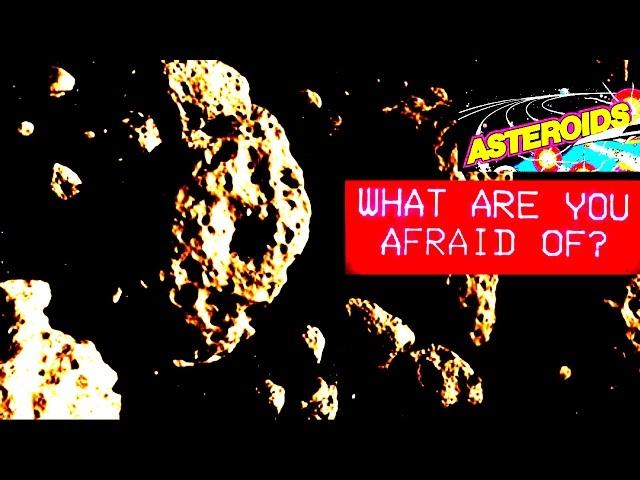
Are scores of giant near Earth Asteroids zipping past us this Month? Yes. and Maybe.
Added 795 Views / 0 LikesAre scores of giant near Earth Asteroids zipping past us this Month? Yes. and Maybe.
-
01:20
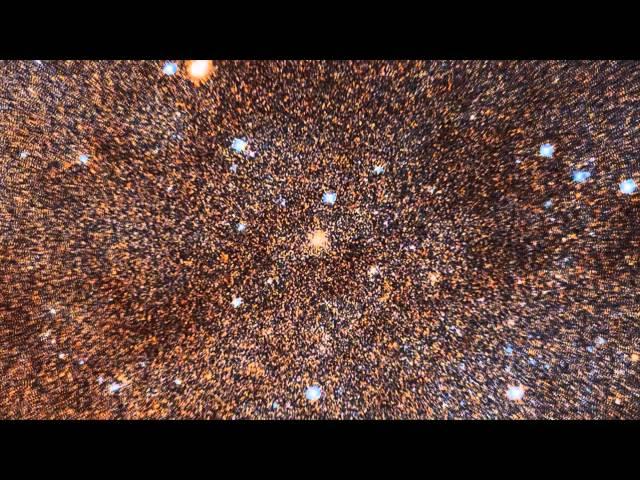
Hubble's Andromeda Galaxy Image Shows Over 100 Million Stars | Video
Added 887 Views / 0 LikesHubble's Andromeda Galaxy Image Shows Over 100 Million Stars | Video
-
05:07

The Sun totally Freaks out in Christmas Green & Red - Panic Cuddle NOW!
Added 982 Views / 0 LikesThe Sun totally Freaks out in Christmas Green & Red - Panic Cuddle NOW!
-
02:04

Super Holy Daze! Commence the Festivities!
Added 720 Views / 0 LikesSuper Holy Daze! Commence the Festivities!
-
03:18
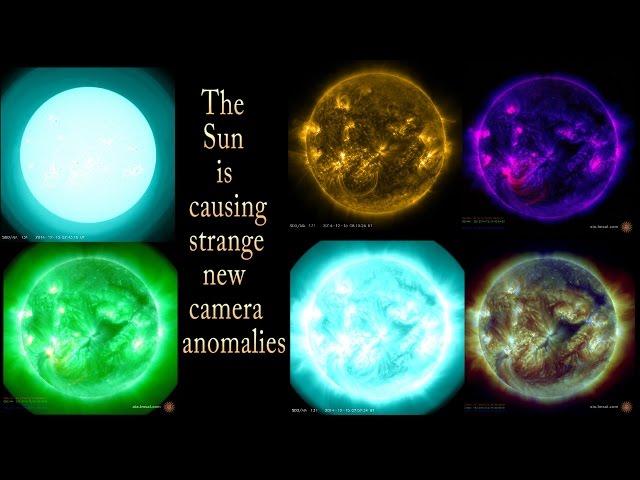
The Sun is causing strange NEW camera anomalies & a Sundiver comet
Added 894 Views / 0 LikesThe Sun is causing strange NEW camera anomalies & a Sundiver comet
-
04:01
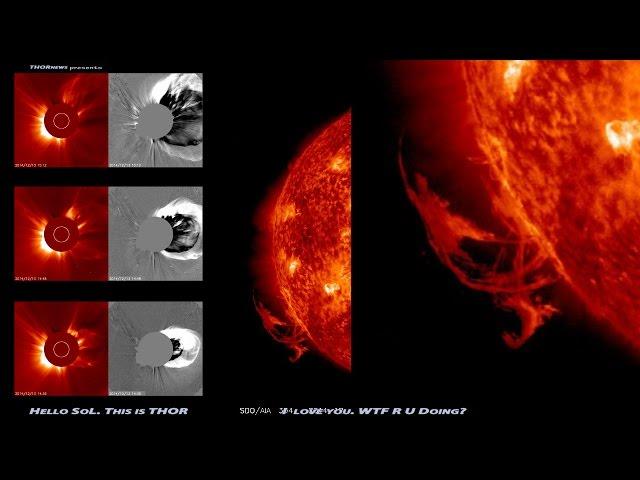
Is this the Start of Solar Maximum city, Baby? FADE IN: ACT III
Added 801 Views / 0 LikesIs this the Start of Solar Maximum city, Baby? FADE IN: ACT III
-
08:21
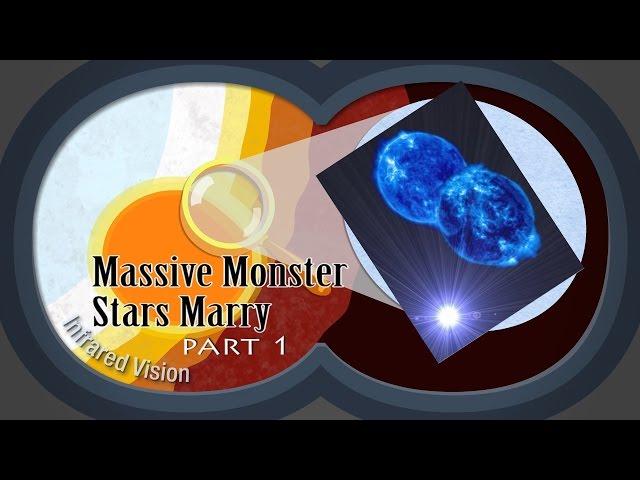
Massive Monster Stars Marry & Merge
Added 727 Views / 0 LikesMassive Monster Stars Marry & Merge


